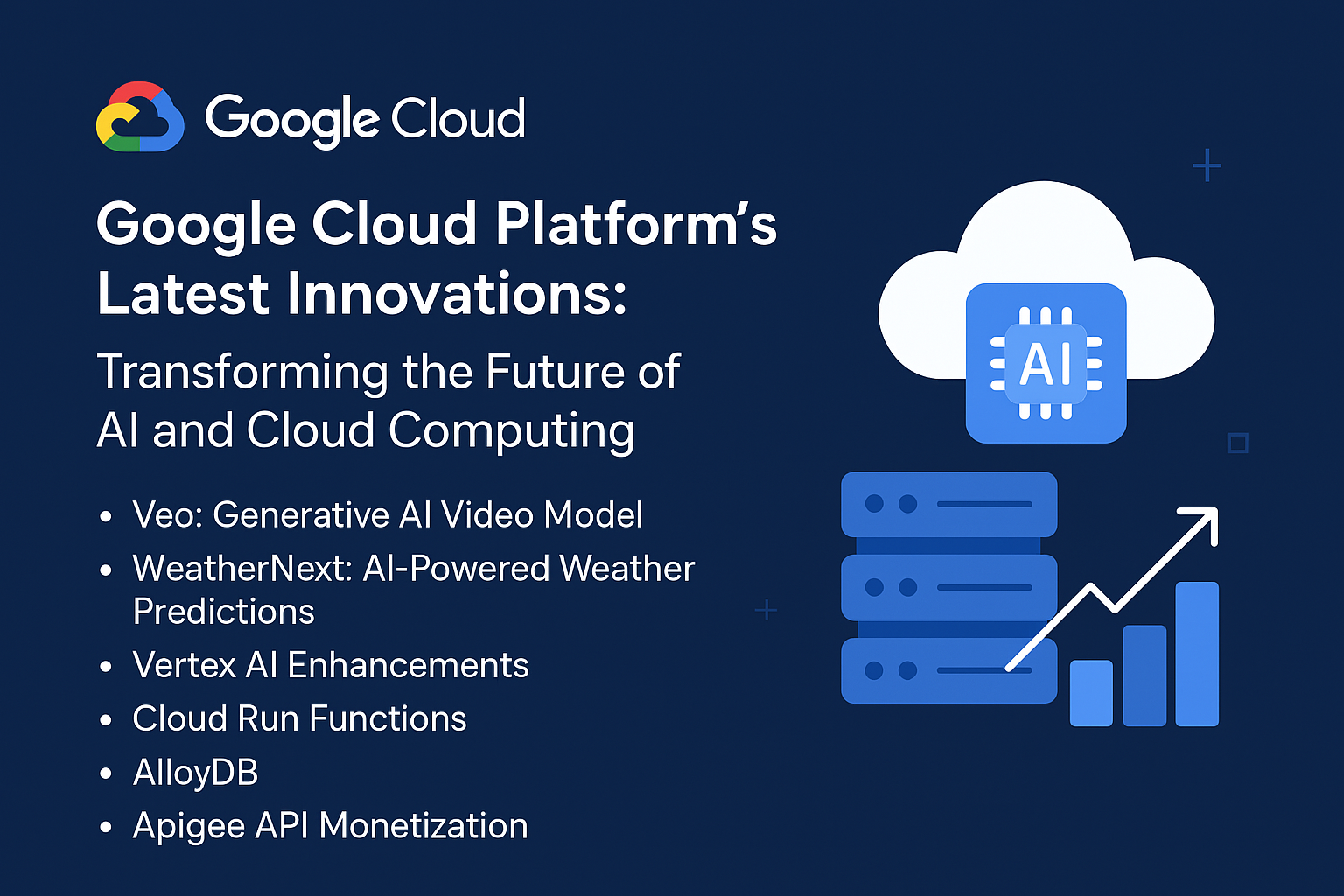As technology continues to advance at a rapid pace, cloud infrastructure is becoming increasingly integral to how businesses operate. With the rise of hybrid and multi-cloud environments, the future of cloud infrastructure promises more flexibility, scalability, and efficiency. To stay ahead, businesses need to strategically invest in the right technologies today. This article explores what the future holds for cloud infrastructure and how businesses can prepare by making informed investments.
Understanding the Evolution of Cloud Infrastructure
Cloud infrastructure has evolved significantly since its inception. Originally, cloud computing was primarily about virtualization and basic storage solutions. Today, it encompasses a broad range of services including Infrastructure as a Service (IaaS), Platform as a Service (PaaS), and Software as a Service (SaaS). Future trends suggest a shift towards more advanced capabilities such as:
- Edge Computing: Edge computing brings computation and data storage closer to the location where it is needed, reducing latency and bandwidth use. This is particularly beneficial for applications requiring real-time processing.
- Serverless Computing: Serverless architectures enable developers to build and run applications without managing server infrastructure, improving scalability and reducing operational costs.
- Artificial Intelligence and Machine Learning Integration: AI and ML are being integrated into cloud platforms to enhance automation, predictive analytics, and data processing capabilities.
- Quantum Computing: Though still in its early stages, quantum computing promises to revolutionize cloud infrastructure by solving complex problems beyond the reach of classical computers.
Key Trends Shaping the Future of Cloud Infrastructure
- Hybrid and Multi-Cloud Environments
Hybrid cloud environments, which combine private and public cloud solutions, allow businesses to optimize their IT infrastructure by balancing workloads and enhancing data security. Multi-cloud strategies involve using services from multiple cloud providers, which can reduce vendor lock-in and improve resilience.
- Increased Focus on Security and Compliance
As cloud adoption grows, so does the emphasis on security and compliance. Advanced security features such as encryption, identity and access management (IAM), and compliance tools are becoming standard in cloud offerings.
- Cost Management and Optimization
Managing cloud costs is a critical concern for businesses. Tools and strategies for cost optimization, such as auto-scaling, reserved instances, and cost analysis services, help organizations maximize their return on investment.
- Advancements in Cloud Networking
Cloud networking is evolving with innovations like Software-Defined Networking (SDN) and Network Function Virtualization (NFV). These advancements enhance network agility, scalability, and efficiency.
How Businesses Can Prepare by Investing in the Right Technologies
To navigate the future of cloud infrastructure effectively, businesses should focus on several key areas of investment:
1. Adopting Cloud-Native Technologies
Cloud-native technologies, such as containerization and microservices, enable businesses to build and deploy applications more efficiently. Investing in tools like Kubernetes for container orchestration and Docker for containerization can enhance agility and scalability.
2. Enhancing Data Management and Analytics
Effective data management and analytics are crucial for leveraging the full potential of cloud infrastructure. Investing in advanced analytics platforms and data lakes can provide actionable insights and drive better business decisions.
3. Implementing Robust Security Measures
Investing in security solutions is paramount as cyber threats evolve. Consider technologies like Next-Generation Firewalls (NGFWs), Intrusion Detection Systems (IDS), and comprehensive threat management solutions.
4. Embracing Automation and AI
Automation and AI can streamline operations and improve efficiency. Investing in AI-powered tools for automation, such as automated deployment pipelines and intelligent monitoring systems, can reduce manual effort and enhance performance.
5. Investing in Cloud Management Platforms
Cloud management platforms (CMPs) help businesses monitor and manage their cloud resources effectively. Investing in a CMP can provide visibility into cloud usage, costs, and performance, helping to optimize and govern cloud environments.
6. Fostering a Cloud-Ready Culture
Preparing your organization for the future of cloud infrastructure also involves fostering a cloud-ready culture. Invest in training and development programs to ensure your team is equipped with the skills necessary to manage and leverage advanced cloud technologies effectively.
Conclusion
The future of cloud infrastructure is promising, with innovations poised to enhance flexibility, scalability, and efficiency. By understanding emerging trends and strategically investing in the right technologies, businesses can position themselves to take full advantage of these advancements. Embracing cloud-native technologies, investing in data management and analytics, implementing robust security measures, and fostering a cloud-ready culture are essential steps for preparing for the future.
As technology continues to evolve, staying informed and adaptable will be key to leveraging cloud infrastructure effectively and maintaining a competitive edge. For further reading and exploration, check out the additional resources linked throughout this article to deepen your understanding of cloud infrastructure and its future trajectory.
For more information and additional resources, consider downloading our comprehensive guide to cloud infrastructure and exploring further industry insights from reputable sources.

